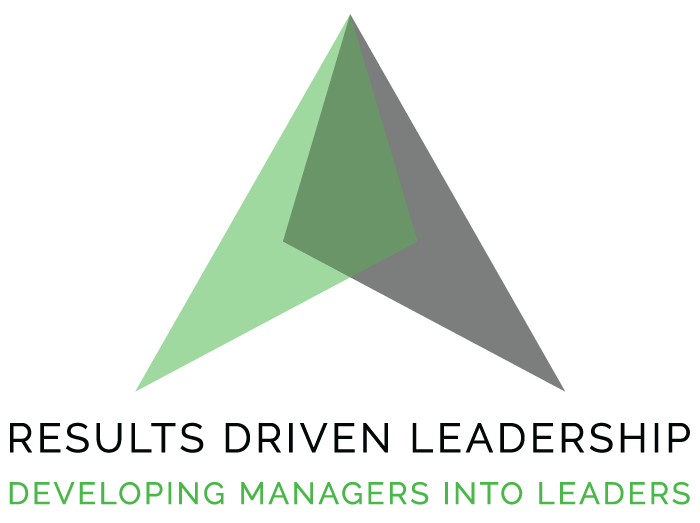TABLE OF CONTENTS
Leadership goes beyond a mere title.
It’s about initiating change and making a real difference. As a leader, you may often question whether your actions have truly yielded tangible achievements. We are here to guide you in determining if your leadership activity has transformed into measurable accomplishments. Our comprehensive guide includes practical examples and a compelling case study.
Distinguishing Leadership Activities from Achievements
Leadership Activities encompass the decisions, actions, and initiatives that leaders undertake. These can range from setting a visionary course for a team to making strategic moves and mentoring team members.
In contrast, Achievements refer to the concrete outcomes and results yielded by these activities. Achievements are quantifiable and typically align with the leader’s goals and objectives.
Discover the essential leadership activities that drive success:

1. Envisioning the Future: Leaders inspire their teams by setting a clear and compelling vision that propels them toward their goals.
2. Strategic Decision Making: Leaders embrace the responsibility of making tough decisions, weighing both short-term and long-term implications for the benefit of their team and organization.
3. Empowering Growth: Leaders invest in their team members’ development, offering mentorship, coaching, and support to help them thrive professionally.
4. Mastering Strategic Planning: Leaders engage in strategic planning to establish goals, prioritize initiatives, and allocate resources effectively, ensuring optimal results.
5. Building a Strong Team: Leaders foster collaboration and unity within their team, organizing team-building activities that strengthen relationships and enhance teamwork.
6. Resolving Conflicts: Leaders serve as skilled mediators, resolving conflicts in a way that benefits both the team and the organization.
7. Driving Continuous Improvement: Leaders consistently evaluate team performance, providing constructive feedback and acknowledging achievements to inspire ongoing growth.
These fundamental leadership activities form the cornerstone of effective leadership, guiding teams and organizations toward unparalleled success.
Real-Life Examples of Leadership Activities and Corresponding Achievements

Leadership Activity: Setting a compelling vision and mission for the team.
Achievement: The team experiences a unified sense of direction, increased motivation, and a clear understanding of their purpose.
Leadership Activity: Implementing a new training program for team members.
Achievement: Enhanced skill sets within the team, increased productivity, and greater job satisfaction among employees.
Leadership Activity: Promoting open communication and feedback.
Achievement: Cultivating a transparent work environment where issues are promptly addressed, resulting in higher levels of trust and morale.
Leadership Activity: Delegating tasks and responsibilities.
Achievement: Empowered team members who take ownership of their roles, leading to a notable boost in overall efficiency.
Leadership Activity: Investing in team-building activities.
Achievement: Strengthened team cohesion, improved collaboration, and reduced conflicts.
Discover the true impact of your leadership by evaluating your activities and their corresponding achievements. Let our guide help you measure your success in making a lasting difference as an effective leader.
Real-life Case Study: Ben Chestnut and Mailchimp’s Evolution

Mailchimp, a mid-sized company known for its email marketing services, offers a compelling case study on the impact of effective leadership activities leading to significant achievements.
Background: Founded in 2001 by Ben Chestnut and Dan Kurzius, Mailchimp started as a side project. Over the years, it has grown into one of the world’s leading marketing automation platforms without taking any external funding.
Leadership Activity: Customer-Centric Approach
Leadership Activity: From the outset, Ben Chestnut emphasized the importance of understanding the needs of small businesses and individual creators. Instead of chasing large enterprises, Mailchimp focused on providing value to smaller entities, ensuring the platform was user-friendly and affordable.
Achievement: This customer-centric approach allowed Mailchimp to carve a niche for itself in a market dominated by bigger players. Their platform became the go-to solution for small businesses looking for email marketing solutions, leading to organic growth and a loyal customer base.
Leadership Activity: Continuous Innovation
Leadership Activity: Even as Mailchimp solidified its position in email marketing, Chestnut recognized the need for diversification. He pushed the company to evolve from an email marketing tool to an all-in-one marketing platform.
Achievement: Mailchimp expanded its offerings to include ad campaigns, landing pages, and analytics. This diversification not only increased its customer base but also boosted its revenue streams.
Leadership Activity: Emphasis on Company Culture
Leadership Activity: Chestnut believed in fostering a unique company culture. He prioritized employee well-being, encouraged creativity, and maintained a flat organizational structure.
Achievement: Mailchimp’s strong company culture resulted in low employee turnover rates and high job satisfaction. A happy workforce translated to better customer service and innovative solutions.
Leadership Activity: Bootstrapping and Financial Independence
Leadership Activity: Unlike many tech startups, Chestnut decided to bootstrap Mailchimp, avoiding external investors and venture capital.
Achievement: This decision allowed Mailchimp to remain independent, make long-term strategic decisions without external pressures, and reinvest profits back into the company. By 2019, Mailchimp reported over $700 million in revenue, showcasing the success of a bootstrapped company in a VC-dominated landscape.
Conclusion
Mailchimp’s journey from a side project to a marketing powerhouse is a testament to Ben Chestnut’s leadership. His focus on customer needs, continuous innovation, company culture, and financial independence has shaped Mailchimp’s trajectory, making it a recognizable name in the mid-sized business sector. This case study underscores the importance of visionary leadership and the tangible achievements that can arise from strategic leadership activities.






